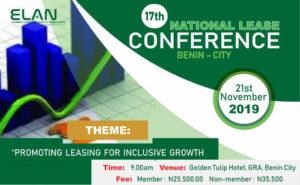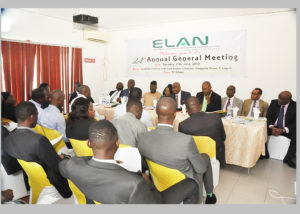17TH NATIONAL LEASE CONFERENCE – SPEAKERS PROFILE
KELVIN UWAIBI – SENIOR SPECIAL ASSISTANT TO THE EDO STATE GOVERNMENT ON INVESTMENT PROMOTION Kelvin Uwaibi currently heads the Edo State Investment Promotion Office (ESIPO), Edo State, Nigeria and seats on the National Committee on the “Zero Oil” plan agenda and State Representative at the Nigeria Investment Promotion Commission (NIPC) and Nigeria Export Promotion Council (NEPC) respectively. His interests are in Micro, Small and Medium Enterprises (MSMEs) growth, Promotion of Domestic Investment and Foreign Direct Investment (FDI) Financing….











